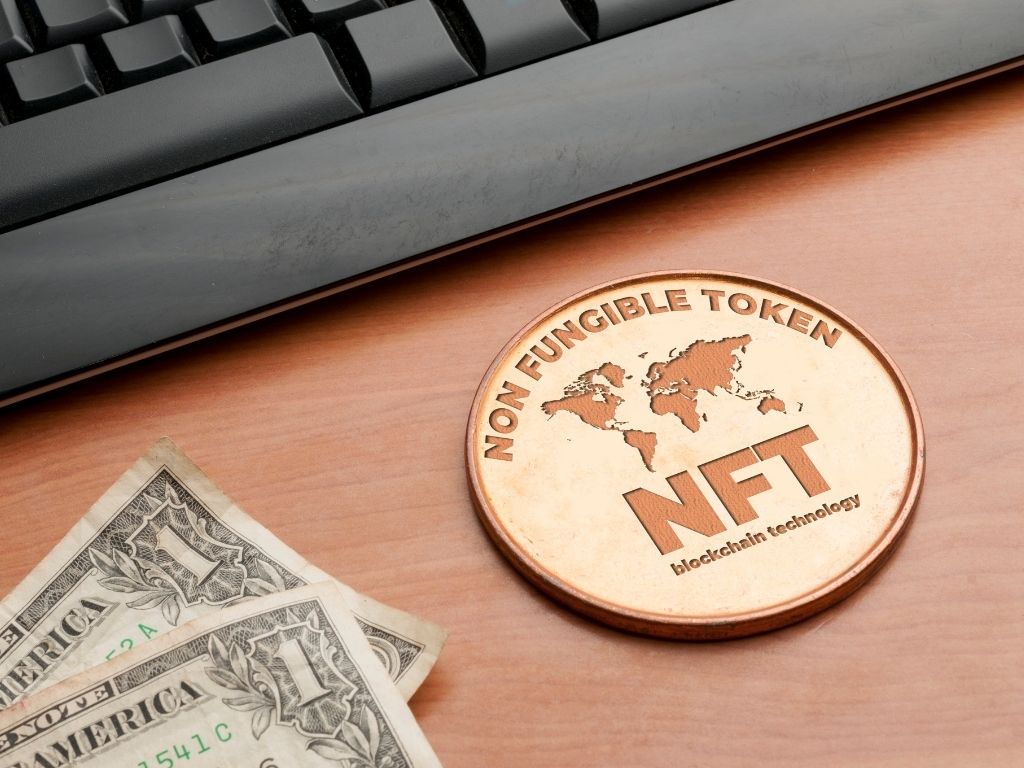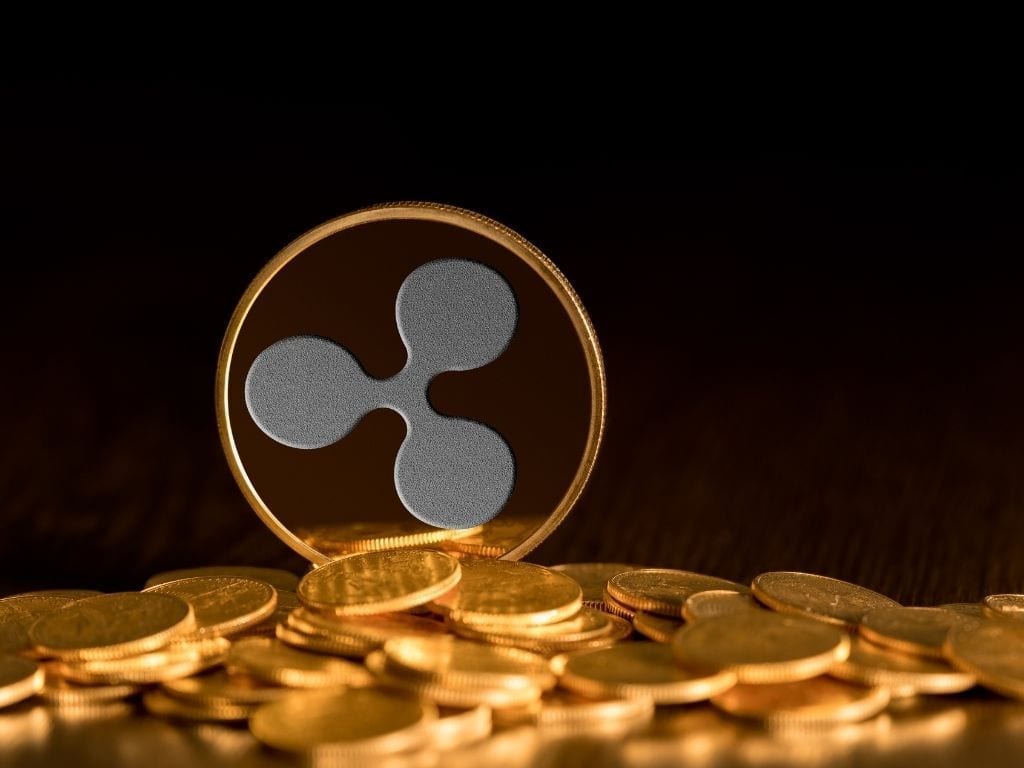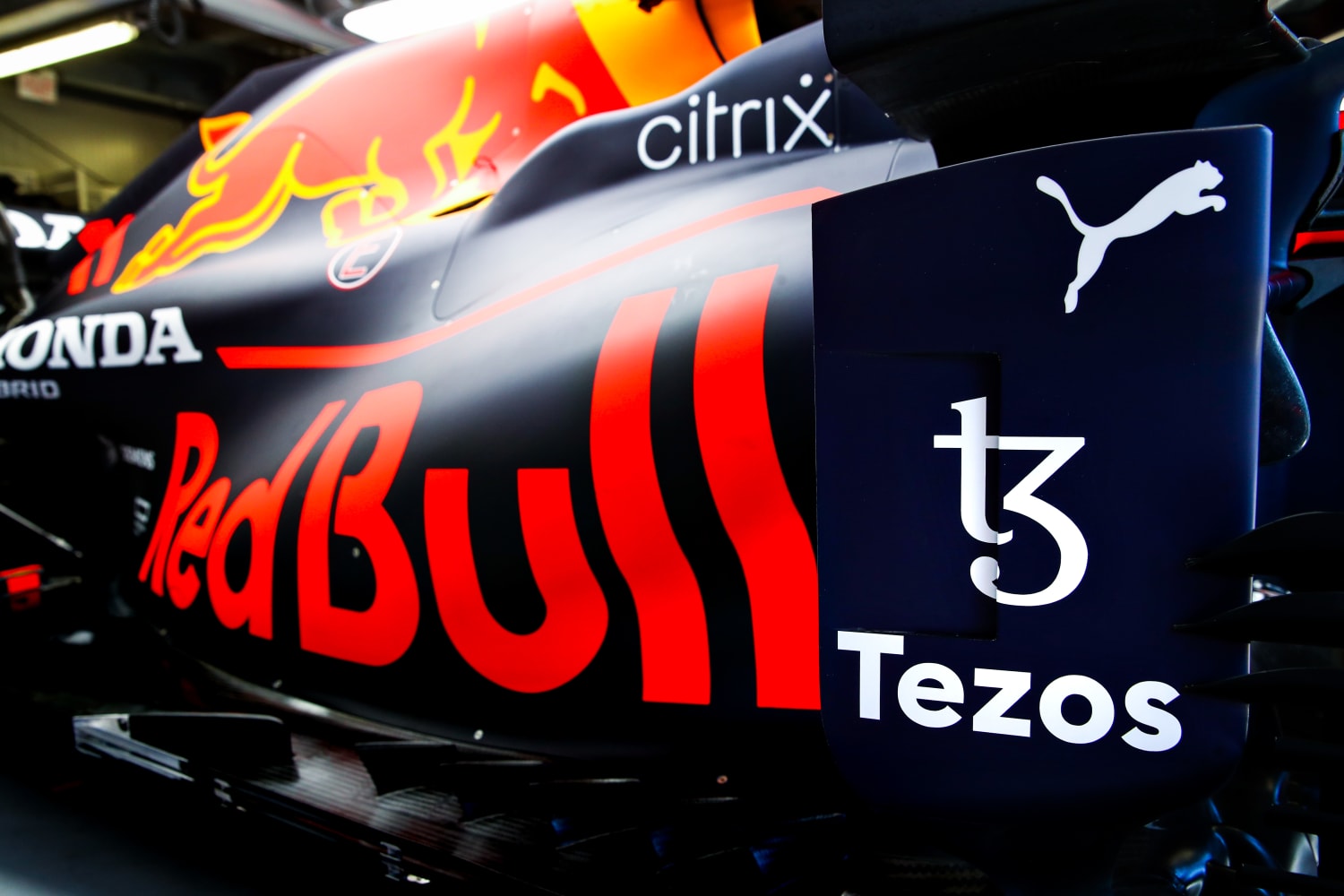All About Intriguing Fractionalized Ownership With NFTs And Its Top 5 Potential Risks
The advent of Non-Fungible Tokens (NFTs) has revolutionized the way we interact with digital assets. Moving beyond static images, NFTs are now being leveraged to represent ownership of real-world assets, fragmenting them into smaller, more manageable pieces. This concept, known as fractionalized ownership with NFTs, unlocks a new frontier of possibilities, democratizing access to investments previously reserved for the ultra-wealthy. This article delves into the exciting world of fractionalized ownership with NFTs, exploring the mechanics, benefits, and potential risks associated with this burgeoning trend.
Demystifying Fractionalized Ownership with NFTs
Traditionally, owning a valuable asset, like a piece of fine art, a classic car, or even a share in a company, has required significant upfront capital. Fractionalized ownership with NFTs dismantles this barrier by leveraging the power of blockchain technology. Here’s a breakdown of the process:
- Asset Tokenization: The real-world asset is first evaluated and undergoes a legal process to ensure clear ownership and transferability. This asset is then tokenized, essentially creating a digital representation on a blockchain platform.
- Fractionalization: The tokenized asset is then divided into smaller units, each represented by a unique NFT. These fractional NFTs, often referred to as “f-NFTs” or “security tokens,” collectively represent ownership of the underlying asset.
- NFT Marketplace Listing: The f-NFTs are listed on a dedicated NFT marketplace or platform designed for fractionalized ownership. These platforms facilitate the buying, selling, and trading of f-NFTs, allowing investors to participate in the ownership of high-value assets.
An analogy can be drawn to traditional stock ownership. Instead of purchasing the entire company (the real-world asset), investors can buy individual shares (f-NFTs) representing a portion of the ownership. This allows for greater accessibility and liquidity compared to traditional ownership models.
Also, read- What Are NFTs: Non-Fungible Tokens and Their Impact on Digital Assets
Unveiling the Benefits of Fractionalized Ownership with NFTs
Fractionalized ownership with NFTs offers a multitude of benefits for both asset owners and investors:
- Increased Accessibility: Previously, high-value assets were out of reach for many investors due to their hefty price tags. Fractionalization allows individuals to participate in ownership with a smaller investment, democratizing access to previously exclusive asset classes.
- Enhanced Liquidity: Traditional asset ownership can be illiquid, with limited opportunities to buy or sell. f-NFTs, traded on dedicated marketplaces, offer greater liquidity, allowing investors to easily enter and exit positions.
- Diversification: Fractionalized ownership allows investors to diversify their portfolios by investing in a wider range of assets, potentially mitigating risk and spreading investment exposure.
- Transparency and Security: Blockchain technology underpins f-NFTs, providing a secure and transparent record of ownership. All transactions are immutably recorded on the blockchain, ensuring authenticity and reducing the risk of fraud.
- Unlocking Value for Asset Owners: Asset owners can leverage fractionalization to unlock the value of their assets without selling them entirely. They can raise capital through the sale of f-NFTs while retaining partial ownership and benefiting from potential appreciation in the asset’s value.
For instance, imagine a rare classic car valued at $1 million. Through fractionalization, the car can be divided into 1,000 f-NFTs, each priced at $1,000. This allows a wider pool of investors to participate in the ownership and potential future value increase of the car.
Navigating the Potential Risks of Fractionalized Ownership with NFTs
While fractionalized ownership with NFTs offers exciting possibilities, it’s crucial to acknowledge the potential risks associated with this emerging technology:
- Regulatory Uncertainty: The regulatory landscape surrounding f-NFTs is still evolving. Unclear regulations can create uncertainty for investors and hinder the widespread adoption of fractionalized ownership models.
- Liquidity Risks: While f-NFTs offer improved liquidity compared to traditional ownership, the market for certain asset classes represented by f-NFTs may still be limited. Investors may face challenges selling their f-NFTs quickly or at a desired price.
- Smart Contract Vulnerabilities: The security of fractionalized ownership relies heavily on the underlying smart contracts that govern the process. Vulnerabilities in these smart contracts can expose investors to potential loss or fraud.
- Valuation Challenges: Determining the fair market value of a fractionalized asset can be complex. Factors like the underlying asset’s value, market demand for f-NFTs, and the platform’s reputation all play a role in f-NFT valuation, potentially leading to overvaluation or undervaluation.
- Fractional Ownership Disputes: Fractional ownership introduces complexities in managing and resolving disputes between multiple f-NFT holders. Clear legal frameworks and governance structures are necessary to address potential conflicts.
Liquidity Risks: Not All Markets Are Created Equal
One of the key selling points of fractionalized ownership with NFTs is the promise of increased liquidity compared to traditional ownership of high-value assets. However, the reality of the f-NFT market for liquidity is more nuanced. While there are undeniable improvements, investors must be aware of the potential challenges associated with buying and selling f-NFTs.
Say goodbye to the days of only the elite owning coveted NFTs. 🔥
Fractionalized #NFTs are shaking up the game & allowing everyone to become a proud owner.
Join the movement with us & be a part of the future of art and collectibles ownership. https://t.co/0UOfVOyt2m pic.twitter.com/mMvJqzcV1h
— Ommniverse AI (@Ommniverse_Ai) February 7, 2023
Understanding Liquidity in the f-NFT Market
Liquidity refers to the ease with which an asset can be bought or sold at a fair market price. In the context of f-NFTs, it translates to the ability for investors to readily enter and exit positions in the fractional ownership of an asset represented by f-NFTs.
Here’s a breakdown of the factors influencing liquidity in the f-NFT market:
- Underlying Asset Class: The type of asset being fractionalized plays a significant role in liquidity. Assets like popular artwork or collectible sports memorabilia with a well-established collector base tend to have more active f-NFT marketplaces, leading to better liquidity. Conversely, f-NFTs representing less popular or niche assets may struggle to attract a large enough pool of buyers and sellers, hindering liquidity.
- Trading Volume and Market Depth: A healthy f-NFT marketplace will have a high trading volume, meaning a significant number of f-NFTs are being bought and sold daily. Market depth refers to the number of buy and sell orders at different price points. A deep market ensures investors can find counterparties for their transactions at a fair price without significantly impacting the market price.
- Platform Functionality and User Base: The platform where f-NFTs are traded significantly impacts liquidity. Established platforms with a large user base and robust trading functionality will naturally attract more investors, fostering greater liquidity. Conversely, smaller, less-established platforms may struggle to attract sufficient users, hindering the ability to buy and sell f-NFTs efficiently.
- Fractionalization Ratio: The number of f-NFTs created for a single asset can influence liquidity. A highly fragmented asset (large number of f-NFTs) can lead to lower individual f-NFT prices, potentially attracting a broader investor base. However, it can also make it more challenging to find buyers for individual f-NFTs, impacting liquidity.
Navigating Liquidity Challenges in the f-NFT Market
While inherent limitations exist, there are strategies investors can adopt to mitigate liquidity risks:
- Focus on Established Asset Classes and Platforms: Investing in f-NFTs representing assets with a proven track record and a passionate collector base is crucial. Similarly, choosing reputable platforms with a significant user base and established trading history can help ensure better liquidity.
- Invest with a Long-Term Perspective: The f-NFT market is still young and evolving. Liquidity may not be as readily available compared to traditional stock exchanges. Investors should approach f-NFT investments with a long-term perspective, understanding that selling positions quickly may not always be feasible.
- Consider the Investment Horizon of the Underlying Asset: Some assets, like real estate, are inherently illiquid even in their traditional ownership form. When investing in f-NFTs representing such assets, be prepared for a potentially longer investment horizon, where liquidity may be limited.
- Research the Fractionalization Ratio: Understanding the number of f-NFTs created for an asset provides insights into potential liquidity. A highly fragmented asset may offer lower entry points but could face challenges in finding buyers for individual f-NFTs.
The Future of Liquidity in the f-NFT Market
The f-NFT market is still in its nascent stages, and the issue of liquidity is being actively addressed by various stakeholders:
- Evolving Regulatory Landscape: Regulatory clarity surrounding f-NFTs can attract institutional investors who can add depth and liquidity to the market.
- Advanced Platform Functionality: NFT platforms are continuously innovating and incorporating features like fractionalization order books and secondary market functionalities to improve trade matching and liquidity.
- Emerging Liquidity Solutions: Decentralized Finance (DeFi) protocols are exploring solutions like fractional NFT lending and liquidity pools, aiming to enhance liquidity for f-NFT holders.
While challenges remain, the future of liquidity in the f-NFT market appears promising. As the market matures, evolving regulations, platform advancements, and innovative DeFi solutions have the potential to create a more robust and liquid ecosystem for fractionalized ownership.
In conclusion, fractionalized ownership with NFTs offers exciting possibilities for investors. However, navigating the f-NFT market requires a keen understanding of liquidity risks. By carefully considering asset classes, platforms, and investment horizons, investors can mitigate these risks and participate in this revolutionary ownership model with greater confidence.
Conclusion
Fractionalized ownership with NFTs represents a significant leap forward in the investment landscape. By leveraging blockchain technology, it unlocks a new era of democratization, making high-value assets accessible to a wider pool of investors. This empowers individuals to participate in ownership opportunities previously reserved for the ultra-wealthy, fostering a more inclusive and diversified investment ecosystem.
However, like any emerging technology, fractionalized ownership with NFTs comes with its own set of challenges. Regulatory uncertainty, potential liquidity risks, and the need for robust legal frameworks require careful consideration. Nonetheless, the potential benefits of fractionalization are undeniable. Increased accessibility, enhanced liquidity for both investors and asset owners, and the power of blockchain-based security offer a compelling vision for the future of ownership.
As the f-NFT market matures, evolving regulations, platform advancements, and innovative DeFi solutions will further address liquidity concerns and bolster the overall infrastructure. This will create a more robust and efficient ecosystem, paving the way for wider adoption of fractionalized ownership.
In conclusion, fractionalized ownership with NFTs represents a transformative force in the investment world. By democratizing access to high-value assets and fostering a more inclusive financial landscape, it has the potential to redefine the way we own and invest. While challenges remain, the future holds immense promise for this revolutionary ownership model. As the f-NFT market continues to evolve, one thing is certain: the democratization of ownership is well underway, and fractionalized ownership with NFTs is at the forefront of this exciting new chapter.
Stay informed with daily updates from Blockchain Magazine on Google News. Click here to follow us and mark as favorite: [Blockchain Magazine on Google News].
Get Blockchain Insights In Inbox
Stay ahead of the curve with expert analysis and market updates.
latest from tech
Disclaimer: Any post shared by a third-party agency are sponsored and Blockchain Magazine has no views on any such posts. The views and opinions expressed in this post are those of the clients and do not necessarily reflect the official policy or position of Blockchain Magazine. The information provided in this post is for informational purposes only and should not be considered as financial, investment, or professional advice. Blockchain Magazine does not endorse or promote any specific products, services, or companies mentioned in this posts. Readers are encouraged to conduct their own research and consult with a qualified professional before making any financial decisions. The featured image used is just a creative depiction of the title and it does not intend to hurt sentiments of any person or institution. If it hurts anyone sentiments, please do not hesitate to reach out to Blockchain Magazine.

 Bitcoin
Bitcoin  Ethereum
Ethereum  XRP
XRP  Tether
Tether  Solana
Solana  Dogecoin
Dogecoin  USDC
USDC  Cardano
Cardano  Lido Staked Ether
Lido Staked Ether  TRON
TRON  Chainlink
Chainlink  Avalanche
Avalanche  Sui
Sui  Wrapped stETH
Wrapped stETH  Wrapped Bitcoin
Wrapped Bitcoin  Stellar
Stellar  Toncoin
Toncoin  Hedera
Hedera  Shiba Inu
Shiba Inu  WETH
WETH  Polkadot
Polkadot  LEO Token
LEO Token  Bitcoin Cash
Bitcoin Cash  Litecoin
Litecoin  Hyperliquid
Hyperliquid  Bitget Token
Bitget Token  Official Trump
Official Trump  Uniswap
Uniswap  Pepe
Pepe  Wrapped eETH
Wrapped eETH  USDS
USDS  NEAR Protocol
NEAR Protocol  Ethena USDe
Ethena USDe  Aave
Aave  Aptos
Aptos  Internet Computer
Internet Computer  Ondo
Ondo  WhiteBIT Coin
WhiteBIT Coin  Ethereum Classic
Ethereum Classic  Monero
Monero  Cronos
Cronos  Mantle
Mantle  POL (ex-MATIC)
POL (ex-MATIC)  Render
Render  Dai
Dai  Algorand
Algorand  Bittensor
Bittensor  MANTRA
MANTRA 




